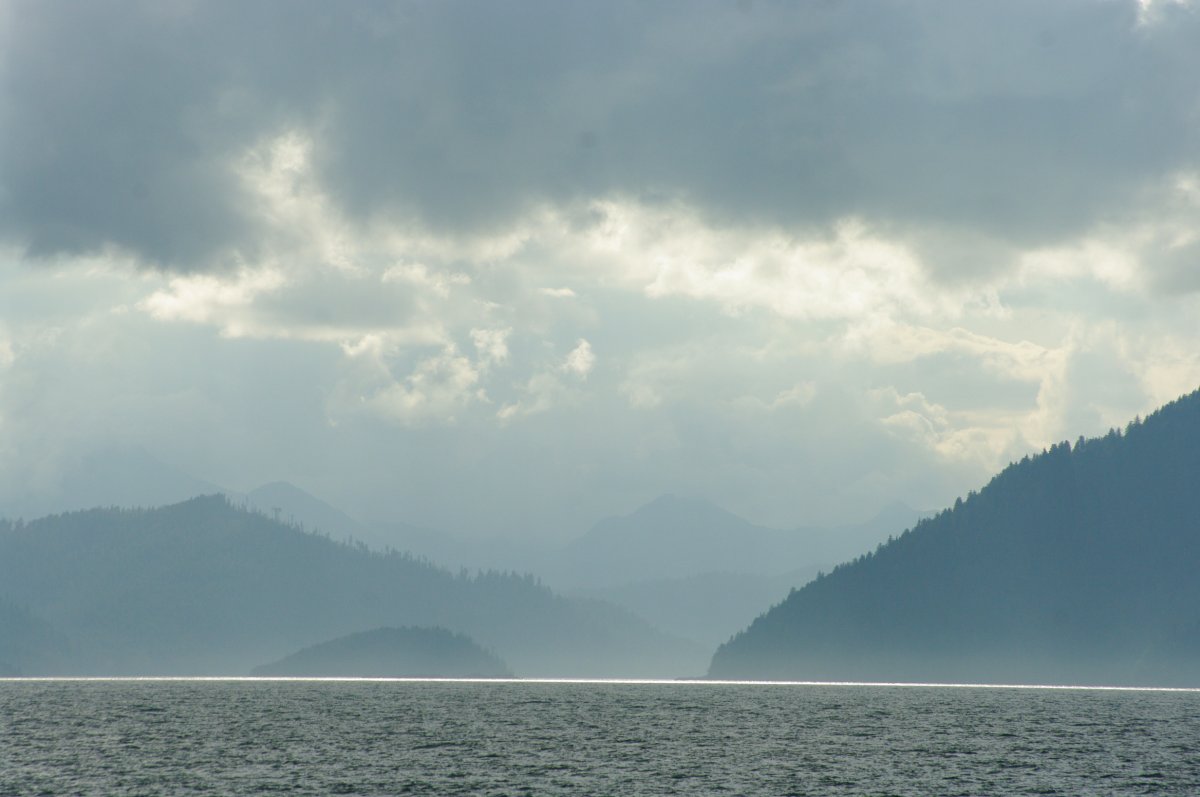HAIDA GWAII, B.C. – A team of archeologists is preparing to descend to the ocean floor off British Columbia’s Haida Gwaii islands, searching for sunken ships and other artifacts that could offer new clues about life in the area hundreds or even thousands of years ago.

Four underwater archeologists from Parks Canada, along with a volunteer from the Underwater Archeological Society of B.C., will set out for a two-week mission beginning Monday to explore the Gwaii Haanas National Marine Conservation Area Reserve.
Gwaii Haanas is on the southern edge of Haida Gwaii, formerly known as the Queen Charlotte Islands, located about 650 kilometres northwest of Vancouver. Human habitation of the area dates back roughly 12,500 years, while Europeans made contact with the Haida in the late 1700s.
“We hope that the underwater discoveries will help us better understand the human history of Gwaii Haanas,” Jonathan Moore, one of the Parks Canada underwater archeologists, said in an interview Friday.
“Should we find some signature sites, they could really give us insight into some of the early events in the history of the area that we just don’t know about.”
Moore said there are a dozen ships that were reported lost in Gwaii Haanas, including the Ino and the Resolution, a pair of European fur trading vessels believed to have been captured by the Haida and sunk in 1794.
- Joffre Lakes to close for 3 periods this year under agreement with First Nations
- ‘Why aren’t we doing more?’ White Rock on edge with killer on the loose
- B.C. carjacking victim says she doesn’t trust the ‘catch-and-release’ system
- Inquest into fatal Surrey hostage-taking recommends cameras for ERT teams
As well, he said the team will be searching for underwater sites related to mining, logging and fishing, including the long-abandoned wharfs and piers of ghost harbours. Some of those areas would have been on dry land thousands of years ago but have been submerged due to rising sea levels.
Moore said the most difficult task will be to actually locate the sites. For example, the precise location of the shipwrecks aren’t known, leaving them to piece together circumstantial evidence to determine where to look.
The archeologists will use magnetometers, an autonomous underwater vehicle and side-scan sonar in their search, and they’ll also be strapping on scuba gear and jumping into the water.
“The challenge we face in looking for these wrecks is first to determine where they have been sunk or captured, and then we have to figure out how to best deploy the equipment and resources we have for that search,” said Moore, adding that some are likely covered by kelp or silt.
“It’s going to be a challenge, but a very interesting one.”
Parks Canada is working on the project with the Haida Nation.
“Haida Gwaii and the surrounding waters are blanketed with Haida history,” Haida Nation president Peter Lantin said in a news release.
“Locating a vessel and other cultural material from the time of contact will provide valuable insight for those times but also give us pause to consider our relationships today.”
The team will depart on the Parks Canada research vessel Gwaii Haanas II and live aboard the ship until they return on June 24.
—By James Keller in Vancouver
Follow @ByJamesKeller on Twitter



Comments